Imagine a construction worker in the late 1800s, clad in heavy denim overalls that symbolize both durability and practicality. These garments, initially designed for laborers, have undergone a remarkable transformation over the centuries. From their humble beginnings to becoming a fashion statement, overalls have woven themselves into the fabric of various subcultures. As you explore their evolution, you might find yourself questioning how a simple workwear item became a canvas for personal expression and identity. What events shaped their journey, and who were the key players in this fascinating history?
Origins of Overalls
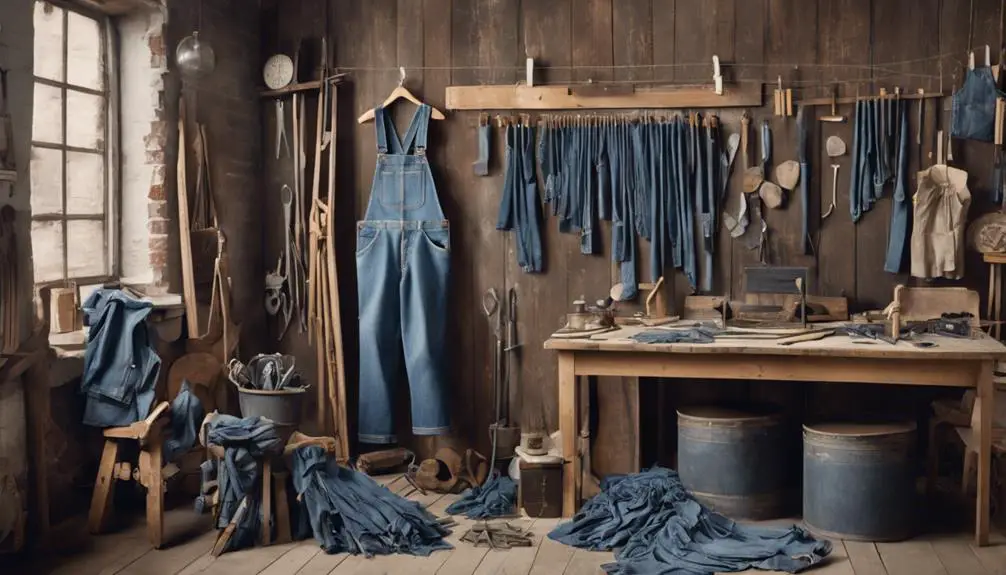
Overalls have their roots in Europe, emerging in the early 18th century as sturdy protective garments for laborers and farmers. These durable pieces of workwear were initially made from tough fabrics like dungaree cloth, designed to withstand the rigors of manual labor. The term "overalls" originally referred to various types of clothing, including outerwear and undergarments. Over time, it became synonymous with bib overalls, commonly known today as dungarees.
The history of Lee's evolution reveals their significant role in the labor movement, especially as continuous bibs dominated the fashion scene from the mid-1880s to the early 1900s. You might find it interesting that the first documented use of "overalls" in the British Royal Army dates back to the late 18th century, emphasizing their association with hard work and practicality.
In the United States, Levi Strauss & Co. played an essential role in popularizing overalls, with their 1873 patent covering riveted trousers, a design that added durability to the garment. Meanwhile, Lee Jeans made their mark in 1921 by formalizing the mass production of the bib style. Both companies claim the title for the first patent, highlighting the competitive spirit behind the evolution of these versatile garments.
Overalls have come a long way since their origins, transforming from simple protective wear into iconic fashion pieces that blend functionality with style. Their rich history reflects not just practicality but also a cultural evolution that continues to resonate today.
Evolution of Design
The design of overalls has undergone significant shifts since their inception, reflecting both functionality and changing fashion trends. The first bib overalls, introduced by Harry David Lee in 1911, featured a practical continuous bib design, which was a game-changer at the time. This style included handy pockets and shoulder straps, catering to the needs of workers and setting the stage for overalls as a staple in casual wear.
Fast forward to the Post-World War II era, when women's overalls began to evolve dramatically. You'd notice stylish features like flared legs and sweetheart necklines emerging, mirroring the shifting societal roles and a newfound embrace of femininity in workwear. This period marked a turning point where overalls transformed from purely functional garments to a fashionable choice for many.
As time went on, the traditional heavy materials like denim and canvas started competing with modern lightweight fabrics, leading to a diverse range of options. Today, you can find overalls that not only serve practical purposes but also make bold statements in the fashion world. Recent trends have embraced vintage-inspired designs, particularly those reminiscent of the 1930s, blending nostalgia with contemporary flair.
Fabric and Functionality
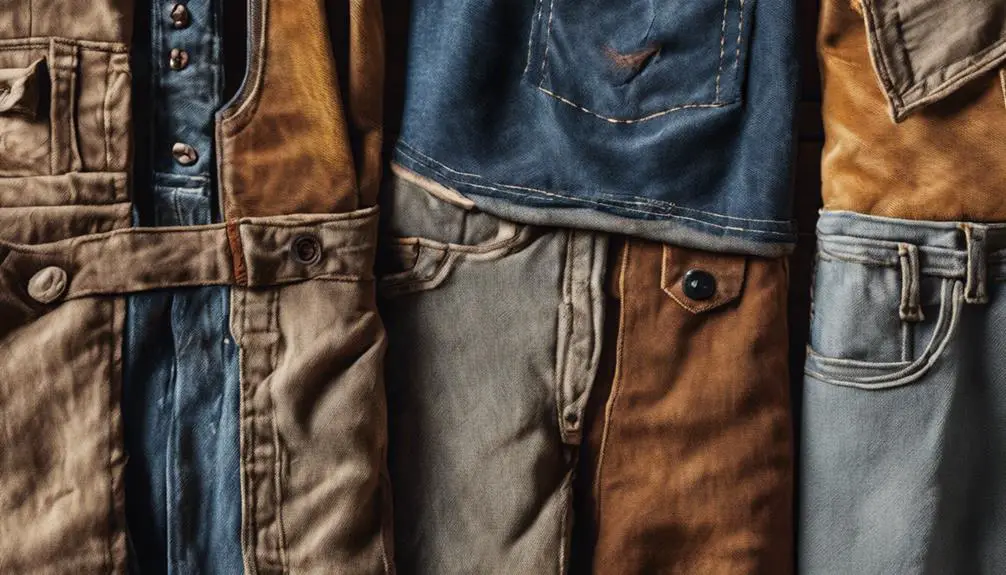
With their evolution in design, the choice of fabric has played a pivotal role in the functionality of overalls. Originally crafted from durable materials like denim and heavy canvas, overalls provided the resilience necessary for labor-intensive work environments. This durability made them a staple in industrial settings, where workers required clothing that could withstand tough conditions. The practicality of overalls shines through their thoughtful features, such as pockets for tools and personal items, making them not only ideal for workwear but also suitable for casual outings. Just like vintage Adidas clothing, which is often made from high-quality materials for durability and style, overalls have also maintained a strong connection to their roots in practicality.
After World War I, designs adapted to incorporate lighter fabrics, which allowed for a more fashionable take while still preserving essential functionality. This blend of style and utility has led to the development of modern overalls that cater to various needs. You'll find options that include fire-resistant materials for those in hazardous industrial occupations, showcasing how safety is prioritized without sacrificing comfort.
Today, overalls come in a variety of styles and fabrics, straddling the line between workwear and fashion. This distinction persists, as contemporary designs often merge practical elements with trendy aesthetics, allowing you to embrace versatility in your wardrobe. Whether you're tackling a project in the garage or heading out with friends, modern overalls offer a perfect blend of functionality and style. So, the next time you slip into a pair, remember the rich history of fabric choices that support the overall purpose of this timeless garment!
Cultural Impact and Significance
Clothing often transcends mere function, and overalls exemplify this transformation as powerful symbols of cultural identity and resilience. Rooted deeply in American cultural history, overalls have long represented the working class, emerging as a practical choice during the economic hardships of the 1930s. Farmers, miners, and railroad workers donned them not just for their utility, but as a demonstration of their endurance and strength. Fast forward to the 1960s, and you'll find civil rights activists embracing denim overalls as a form of protest, linking their struggles to those of sharecroppers and the fight against racial and economic oppression. The era also saw the rise of fitness movements, with clothing becoming a means of expressing lifestyle changes and self-identity, as seen in the evolution of joggers.
Overalls became more than just clothing; they evolved into a canvas for self-expression, reflecting each generation's aesthetics and values. From the counterculture movements of the 1960s to the hip-hop culture of the 1990s, this versatile garment has surely made its mark. Today, overalls stand as a fashion staple, symbolizing solidarity and support for marginalized communities. They remind us of the resilience ingrained in American fashion, illustrating how clothing can carry significant social implications.
Art and photography further amplify their cultural significance, with notable figures like Walker Evans showcasing themes of labor and resilience through their work. So, whether you're rocking them at a casual gathering or sporting them as a declaration, overalls tell a story of unity and strength that resonates through time.
Key Brands and Innovations
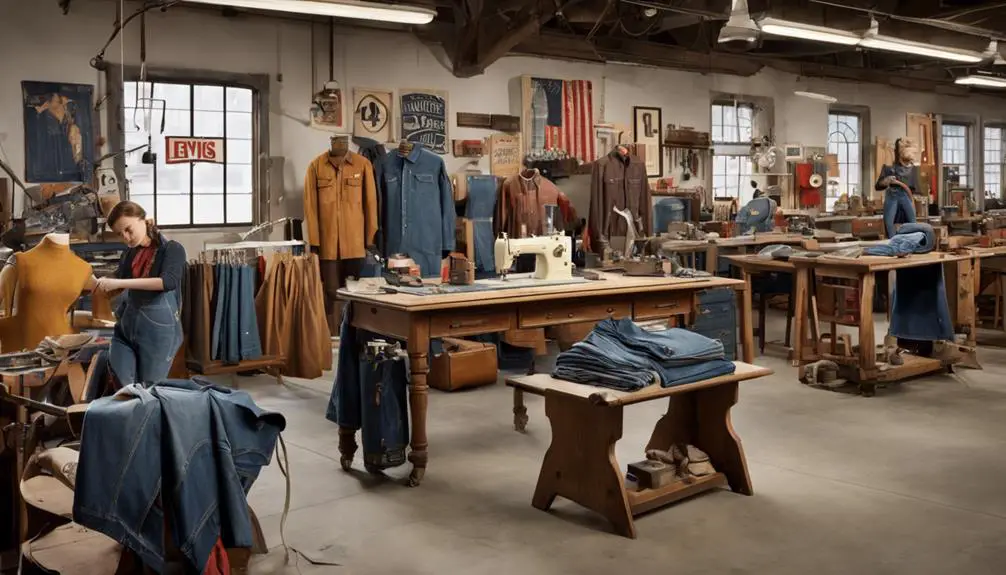
Throughout history, several key brands have shaped the evolution of overalls, making significant innovations that defined the garment as it is understood today. Levi Strauss and Lee stand out as pioneers in this journey. In 1873, Levi Strauss patented riveted trousers, initially called waist overalls, creating a strong foundation for modern overalls. Fast forward to 1921, when Lee introduced the first mass-produced bib overall, solidifying a design that became synonymous with workwear. The heritage of outdoor wear is also reflected in brands like Woolrich, which has a rich legacy of crafting durable clothing, although primarily known for outerwear, their commitment to quality guarantees with the overall ethos of sturdy work apparel Woolrich brand evolution.
Before Lee's innovation, many companies like Carhartt were already crafting bib overalls, showcasing the long-standing popularity of these garments, often known as dungarees. These durable pieces of clothing, typically made from heavy canvas, were essential for factory work and other labor-intensive jobs. As the demand for these types of garments grew, brands like OshKosh B'gosh emerged, focusing on children's bib overalls and making a significant impact in youth apparel.
Additionally, Round House workwear, established in 1903, has been a notable player by maintaining U.S. manufacturing and producing robust overalls designed for various industries. Their commitment to quality guarantees that overalls remain reliable in tough working conditions. The combination of these key brands and their innovations not only highlights the functionality of overalls but also their evolving place in both workwear and fashion. As you explore the history of overalls, you can appreciate how these developments contributed to their enduring popularity.
Overalls in Fashion Trends
Transforming from practical workwear to trendy fashion staples, overalls have carved out a unique niche in style history. Emerging prominently in the 1960s, these garments became synonymous with counterculture movements and civil rights activists, symbolizing a break from traditional fashion norms. Fast forward to the 1990s, and you'll see a resurgence of denim overalls, especially within hip-hop culture, where it was common to see artists sporting them with one strap fastened, creating a bold fashion statement.
Over the years, high-fashion designers like Stella McCartney have embraced overalls, showcasing their versatility beyond utilitarian use. No longer just for laborers, overalls have found their way onto runways, proving that practicality can coexist with style. Modern adaptations feature a variety of cuts, colors, and fabrics, merging vintage-inspired designs with contemporary trends. You can find everything from classic blue denim to vibrant prints, appealing to those who appreciate both nostalgia and modernity.
Today's fashion world embraces overalls as a staple that can be dressed up or down, allowing you to express your unique style. Whether you're opting for a casual day out or a chic evening event, overalls offer endless possibilities. With their rich history and contemporary appeal, it's clear that overalls have not only survived the test of time but have also transformed into a beloved fashion item, ready to make a statement in your wardrobe.
Care and Maintenance Tips
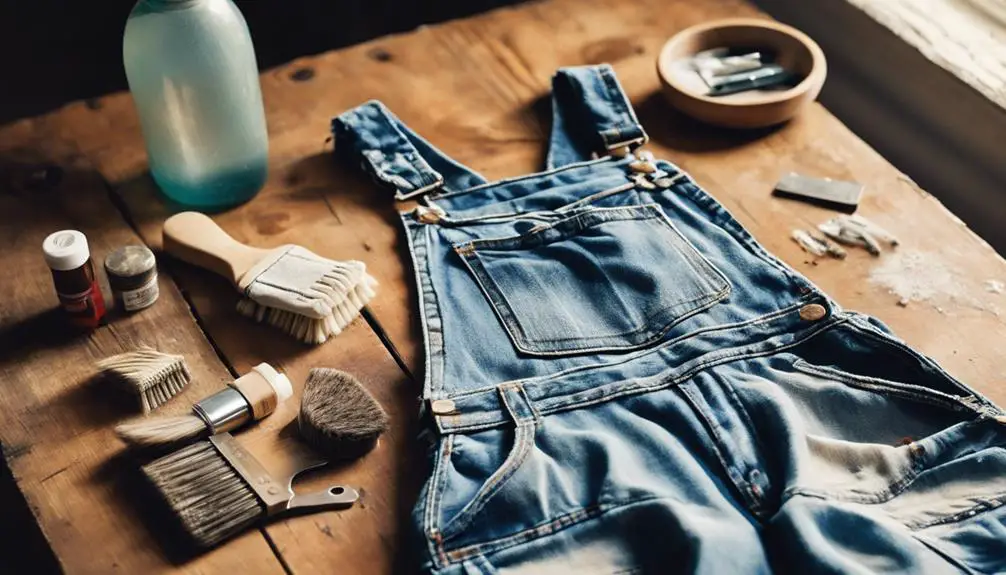
Taking care of your overalls is vital to keep them looking great and lasting longer. First off, always check the fabric care labels before washing. Machine washing is generally safe, but specific instructions can help guarantee longevity. When it comes to drying, avoid high heat settings to prevent shrinkage; air drying is often the best choice, especially for delicate fabrics.
For those pesky stains, don't wait! Spot cleaning promptly not only maintains the appearance of your overalls but also prevents permanent discoloration. Just dab the stained area gently, and you'll keep your overalls looking fresh and clean.
Storage is another important aspect of care. Always store your overalls in a cool, dry place to prevent mildew and deterioration of the fabric over time. A well-ventilated closet works wonders!
Lastly, make it a habit to regularly inspect your overalls for signs of wear and tear. Look out for fraying edges or loose seams, as addressing these issues early can prolong their lifespan and functionality. A little proactive maintenance goes a long way in guaranteeing that your beloved overalls serve you well for years to come.
Frequently Asked Questions
Who Invented Overalls and Why?
You might think one person invented overalls, but they evolved from various cultures. Their overall durability and functionality led to innovations in materials and styles, adapting for different usages while influencing overall fashion across generations.
What Do Overalls Symbolize?
Overalls symbolize a blend of utility clothing and fashion statement, reflecting workwear heritage and cultural significance. They embrace gender expression, spark childhood nostalgia, inspire artistic adaptation, and resonate with the sustainability movement in modern style.
What Are Some Interesting Facts About Overalls?
You'll find overalls crafted from durable materials, showcasing various styles and colors. They adapt to fashion trends while offering functionality and versatility, appealing to multiple cultures. Their enduring durability makes them a timeless wardrobe staple.
Who Started the Overall Trend?
You'll find the overall trend rooted in workwear origins, with denim evolution shaping its cultural significance. Celebrity influence and style variations have modern adaptations, while sustainability concerns and gender representation continue to redefine overall fashion today.


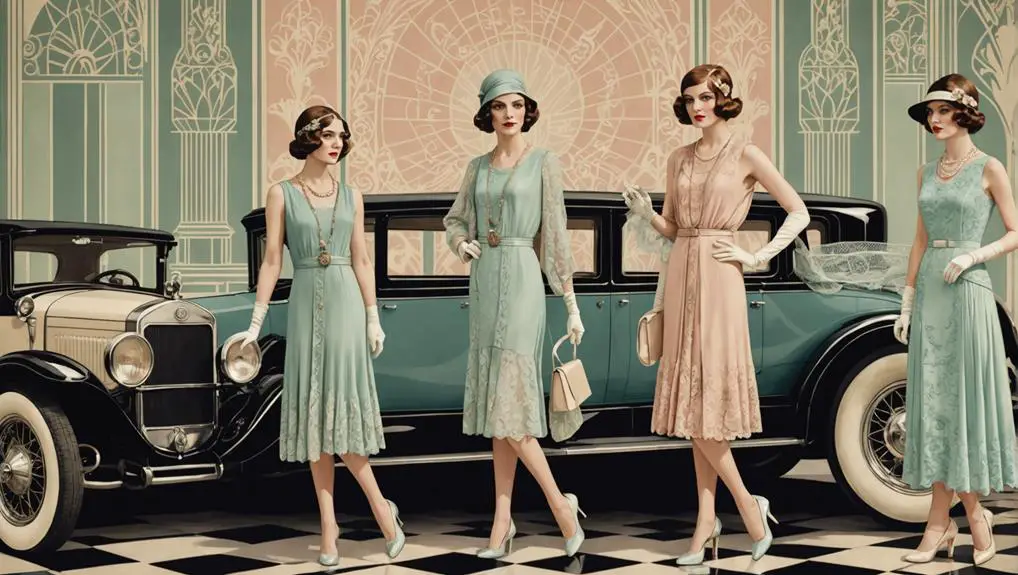
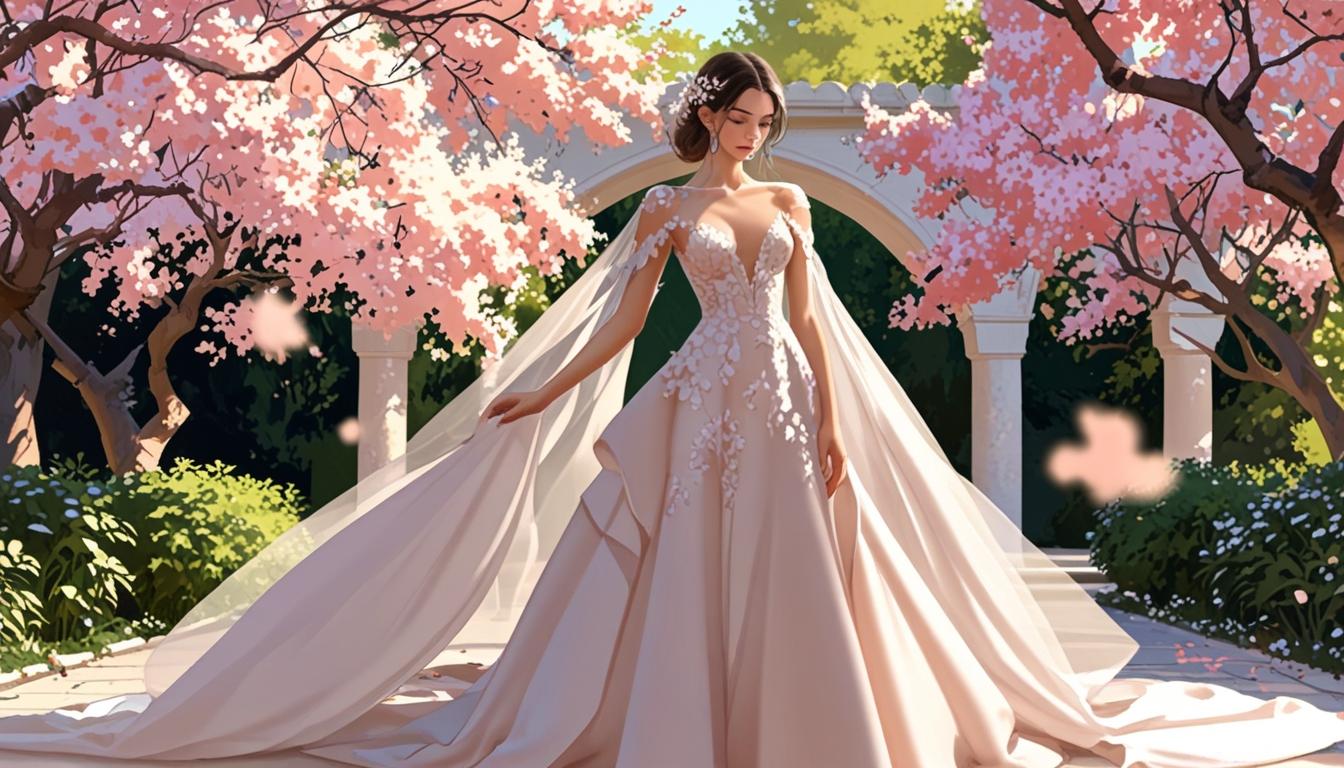
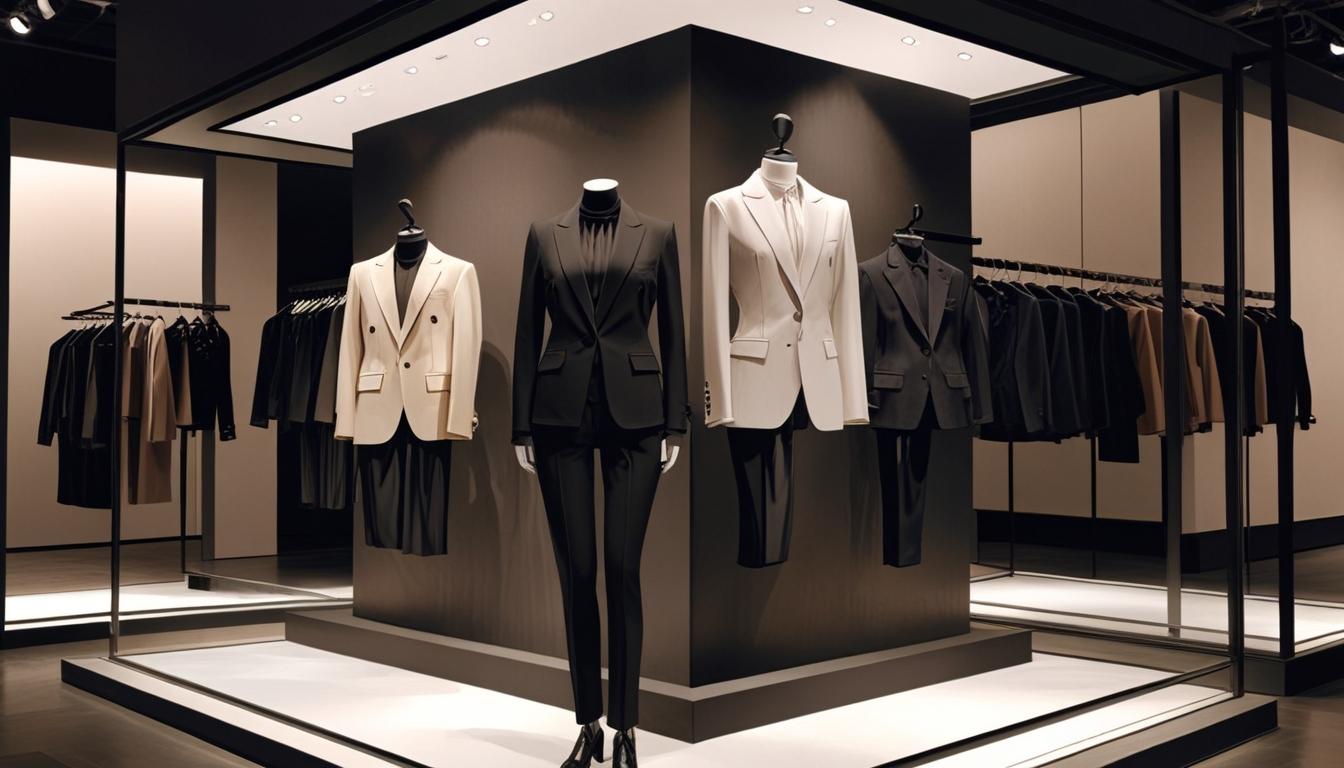
Article states :” The first bib overalls, introduced by Harry David Lee in 1911, featured a practical continuous bib design, which was a game-changer at the time.” This is incorrect in that bib overalls were fairly common by 1911. Round House overalls have been using the same bib overall pattern since 1903 and the design was not new then.